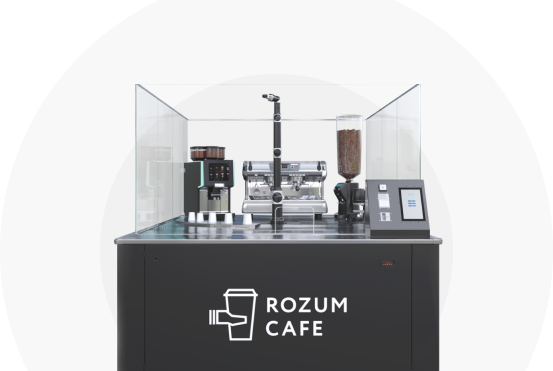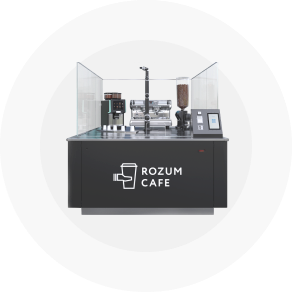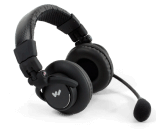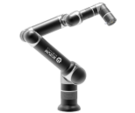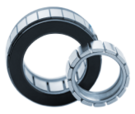With RDrive servo motors, Rozum Robotics aims at implementing an efficient approach to driving manufacturing equipment to achieve a fast, stable, and accurate production flow.
We believe that a quality motor can make a big difference in the way machinery performs, directly impacting the overall efficiency of business and the quality of production output.
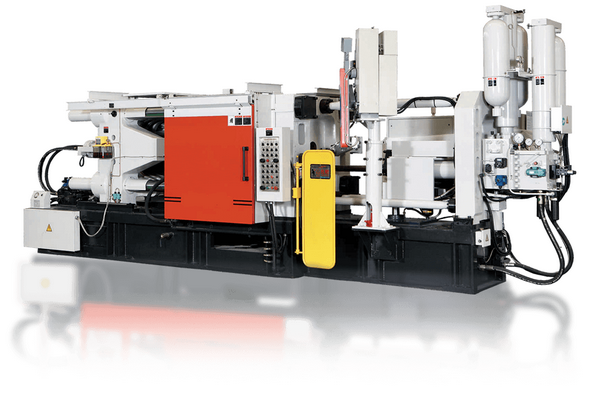
Why choose a servo over a stepper
In the manufacturing industry, steppers and industrial servos are the two most widely used motion solutions. Though less expensive and simpler, steppers are inferior to servos in terms of performance, especially at revolutions higher than 800 RPM. The torque of steppers drops drastically as their speed increases, whereas servo motors generate torque unfailingly over a wide speed range. A servo also performs better than a stepper at dynamically changing loads (e.g., when used in robot arms).
With a servo motor, you have the advantage of knowing the machine’s exact position at any given moment. Even if a problem occurs—such as motor stalling—causing the servo to stop operating, it will never lose position because of the inherent closed-loop motion control system.
An industrial servo can work at higher voltages (up to 480 V AC), which is unlike a stepper that operates at constant current. Whether moving or idle, a servo motor consumes only the current required to execute a command. As a result, it generates less heat. Servo motors are less sensitive to vibrations and have no resonance issues. They are well suited for applications that require tight coordination between multiple axes because their high bandwidth capability enables fast disturbance correction.
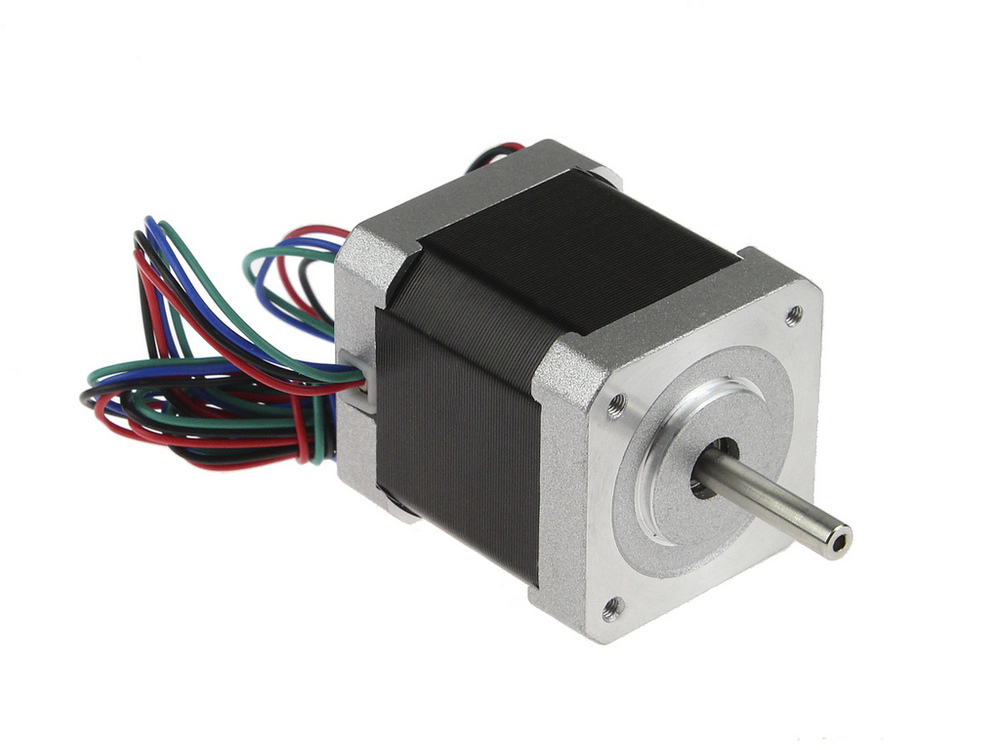
Industrial servo applications
Servos are already extensively used across many industries, including but not limited to food processing, automotive, aircraft, woodworking, and metalworking. Automating repetitive operations, they make it possible to reduce tedious manual labour, as well as poor performance due to human error.
In broaching equipment, servo motors enable uniform and precise cutting, trimming, angling, and contouring of materials (e.g., wood, metal). When used as part of CNC machinery, they provide high-precision positioning of its elements, such as a table, a tool spindle, etc.
Manufacturers also build servos into their automated production lines and conveyor belts that are used for assembly, packing, sorting, and dispensing, to achieve their smooth and accurate motion.
How RDrive servos improve manufacturing
The RDrive series includes basic models with diameters ranging from 50 mm to 85 mm—so you can choose an optimal size for your application. There are a number of ways in which our industrial servos can benefit your production processes :
RDrive servo motors provide a power output of up to 500 W and an efficiency of over 70%.
-
Hollow-shaft design and small size
Simplified integration of our servo motor into your machinery.
It itegrated into our industrial servo and adjusts the rotation speed and the torque output to meet the requirements of your application. Matching the inertia of the motor and load, it also helps to improve the overall operational efficiency.
-
A built-in controller and two 19-bit absolute encoders
Ensure a dynamic response to control commands, high-precision positioning, and high repeatability rates. As a result, you get an enhanced quality of production output that is increased throughout your machines.
Provides you with valuable diagnostic data on the servo operation parameters, such as torque and speed. The information can help to improve troubleshooting capabilities and implement preventive maintenance.
A number of RDrive servos can be combined into a CAN network, allowing you to control multiple operations from a single device.
